Nudis pedibus: a bare-footed cleric in Urnes, Norway
From a bare footed cleric to a centaur: The stave church of Urnes (Norway) tells its visitors a message in wood.
Imagine a barefooted cleric wearing a travelling cap and holding a cross and a crozier in his hands. The company he holds are a Bactrian camel, a huntsman on horseback with his dog spearing a deer, frolicking and summersaulting quadrupeds, snakes, an animal with two heads, lions, birds, two men pulling their own beards, a centaur, a man fighting a lion and some hybrids. And all this being placed amidst luscious foliage. Wouldn’t that be rather puzzling?
As a matter of fact, this is the subject-matter of the inward-facing sides of the twelfth-century cushion capitals of the stave church in Urnes (Norway), not only the oldest of the 29 stave churches to have survived there, out of an estimated twelve hundred, but also the most richly decorated specimen of the group.
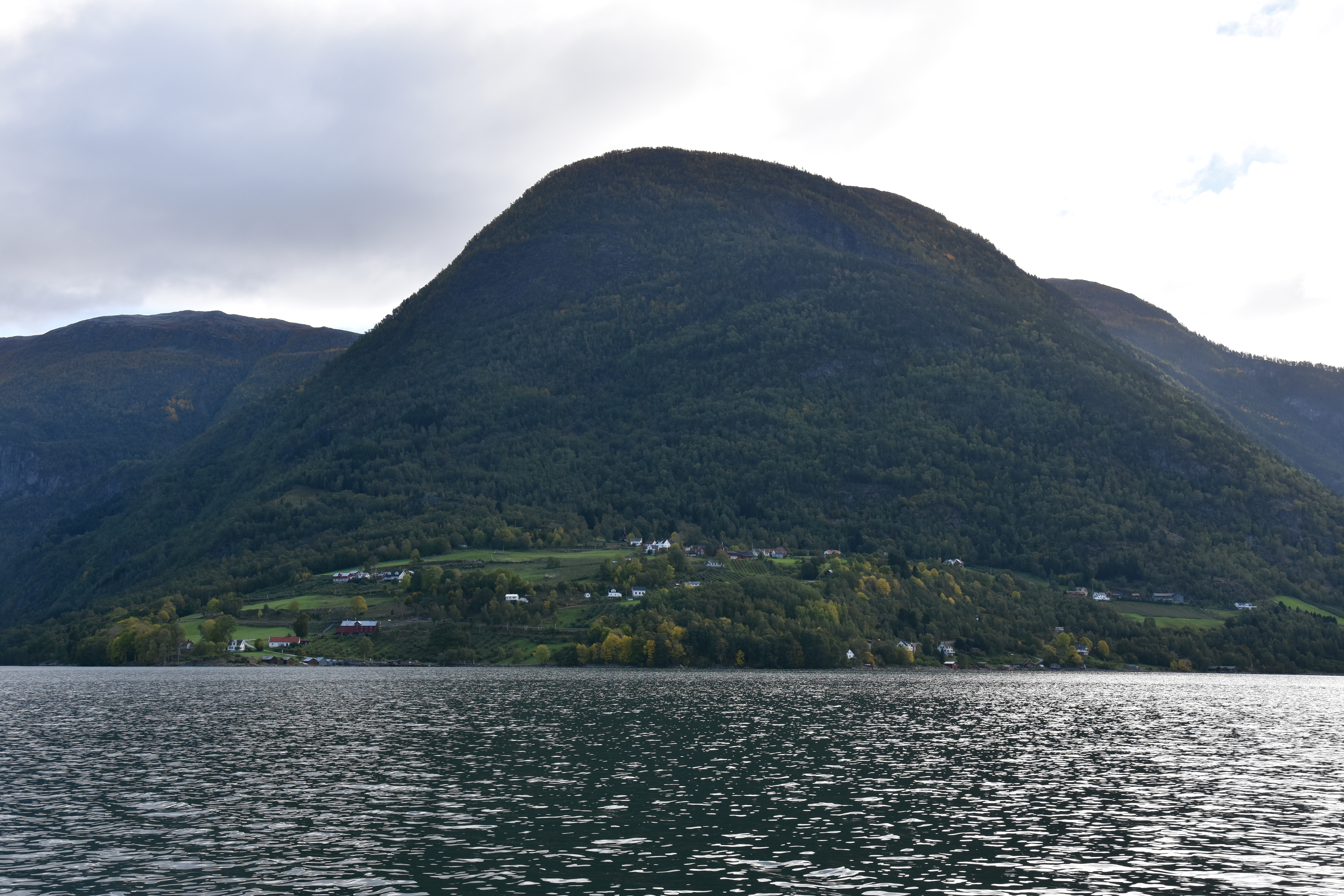
UNESCO heritage
At the end of September, beginning October I was invited, as one of a group of experts on Romanesque art, for a five-day workshop in Norway organized by Margrete Syrstad Andås (Norwegian University of Science and Technology, Trondheim). Our purpose was to study the style and iconography of the Urnes sculpture, in order to update and improve the UNESCO-website on the church, which is considered to be one of Norway’s most significant cultural treasures. The church is situated just outside the hamlet of Ornes on the shore of the Lustrefjord, a side-arm of the Sognefjord, a sea arm reaching inland for some 130 km. From the fjord, the small brown church is difficult to perceive, especially on a dark day, as it merges into the background of steep hills covered with trees (plates 1 and 2). In the middle ages it is likely to have been painted in bright colours, which would have made it stand out more.
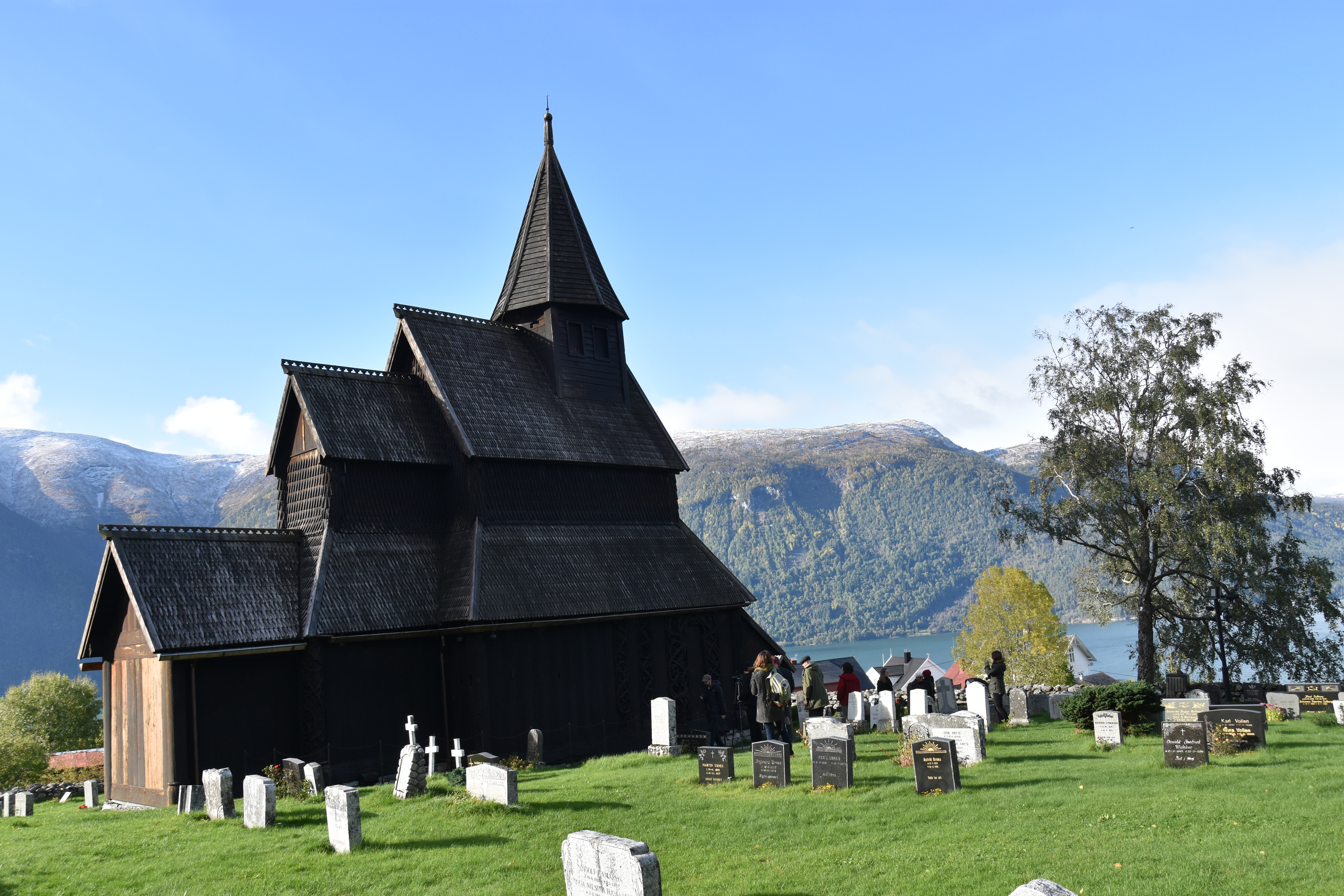
Travelling to this hidden medieval site
From Bergen, the nearest main town, it takes a day’s driving to get to Urnes. One passes a steep mountain range covered in snow before descending to the banks of the Sognefjord from where one can reach Solvorn to take a ferry across the fjord to Ornes. Although in a remote spot today, the Sognefjord was once one of the main trade arteries of Norway. Very little is known about Ornes but what is known suggests that the church of Urnes was probably a private chapel belonging to a manor or estate. Even so, it must have been a wealthy estate as the tithes due to the bishop were as high as those of the churches of Hafslo and Dale that were supported by large parishes. In the saga of Sverre mention is made of a ‘ Gaut’ from ‘Ornesi’, who was among the men to join King Magnus Erlingsson into battle at Bergen in 1181. In 1308 Urnes was in the hands of Bjarne Erlingsson til Bjarkøy, who was one of the richest men in Norway. And that’s it. However, in spite of this lack of documentary material on Urnes or the village or estate of Ornes, the church has been quite accurately dated to c. 1130 by means of dendrochronology. The graffiti and runes inside the church suggest the workforce was Scandinavian.

Unravelling the message
Maybe not surprisingly, scholars in the past failed to recognize an iconographical programme in the odd collection of subjects listed above and considered them as purely decorative, mere doodles taken by the artists from a general Romanesque repertoire (plate 3). However, in his book on stave churches Leif Anker noted that all the capitals with plants were placed in the corners of the nave and not placed randomly, which suggests there was more to the capitals than meets the eye. What is more, some of the creatures depicted were copied from books, for instance the centaur and the Bactrian camel, indicating that someone learned was overseeing the iconographical programme. The themes shown are plants, animals, birds, hybrids and men, and encompass most of creation. Although it is impossible to interpret every creature shown, some had very specific meanings.

His humble servants
Of all these figures, it is the bare-footed cleric in the southwestern corner of the nave that stands out for me (plate 4). Walking round on bare feet seems a rather heroic thing to do in the Norwegian climate. The crozier held by the man identifies him as either an abbot or a bishop. Bare feet in a Christian context tend to be a sign of humility, of penance and of laying down one’s sins in the face of God, as Moses did when he approached the burning bush. Bare feet also hark back to the words in the gospel of Saint Matthew (10:8-10) that urged the apostles to go into the world to spread the word of Christ without “a haversack for the journey or spare tunic or footwear”. Bare feet are thus a clear sign of apostolic poverty and contempt for the world.
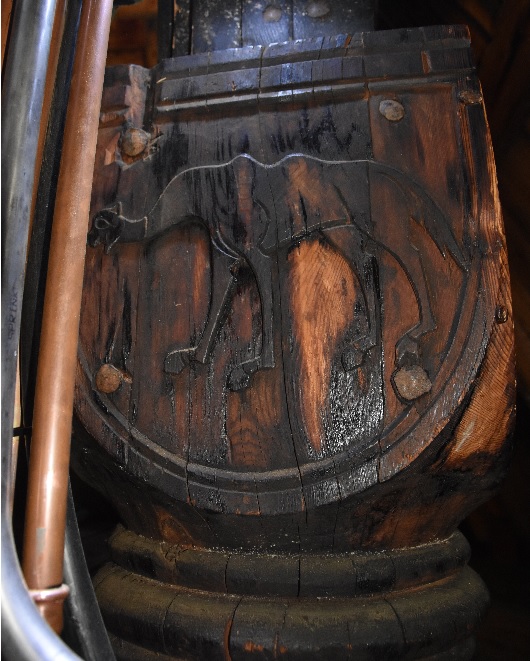
Interestingly, in real life there were some occasions during which (arch)bishops did present themselves discalced from the late tenth century onwards, even though this was never a formal part of early medieval episcopal entry rituals. An early example was Saint Adalbert, who in 999 was made bishop of Prague. At the city gate he undid the straps of his sandals and entered the city barefoot with a humble and repentant heart, much to the elation of the local people. In the same year, Heribert, who was the confirmed but not yet consecrated elect of the see of Cologne, on his approach to the city sent all of his insignia, including the pallium, ahead of him and entered the city barefoot during a very severe winter. Being rapt in prayer he did not feel the cold. Clearly, the idea was to show the citizens and clergy that the elect had not accepted the office for the sake of social position and the benefits it would bring him, but merely as a humble servant of the lord to whose will he submitted. Some other attested examples of the practice are Bishop Otto of Bamberg in 1103; Frederick, bishop of Lyons, at the synod of Reims; abbot Theoger of St George in the Black Forest who became bishop of Metz in 1118 and Norbert of Xanten, when he became bishop of Magdeburg in 1126. Newly-elected abbots also took up this practice of entering their new house with bare feet.

The Urnes discalced cleric is thus shown as a very humble servant of the lord, travelling round in true apostolic fashion to bring others the word of God. He clearly is an example to follow. On the opposite side, on the northwest of the nave, there is a camel, a very humble creature, at least according to the medieval bestiaries (plate 5). According to the Oxford Bestiary: “the camel signifies the humility of Christ, who bears all our sins, or the gentiles converted to the Christian faith. In the Gospel it says: ‘It is easier for a camel to go through the eye of a needle, than for a rich man to enter the Kingdom of God (Matthew 19:24), meaning that it is easier for Christ to suffer for those who are enamored of this world than for such men to be converted to Christ. He was willing to assume the part of a camel, in taking upon Himself the burdens of our weakness which he did out of humility. This is the meaning of the verse : ‘The greater thou art, the more humble thyself (Ecclesiasticus 3:18)’”.
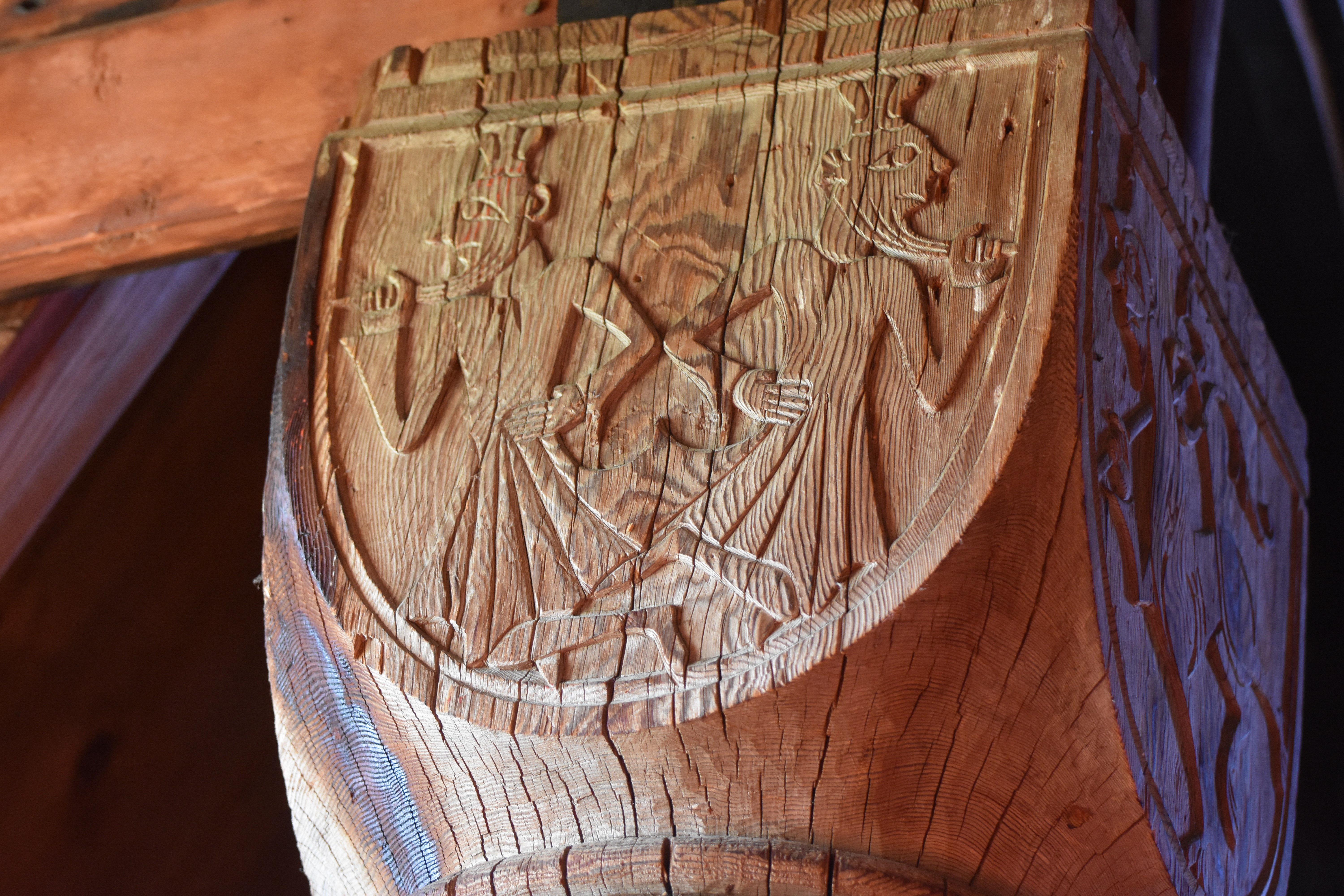
Plate 7: Two men standing back to back pulling their beards.
Don't be like a centaur
Both the camel and the bare-footed cleric should be seen as symbols of humility, positive exempla for the church-going public to follow. On the other end of the spectrum is the huntsmen with his dog, the hunt being an exclusively elite pastime (plate 6), or the two men who are lustfully pulling their beards (plate 7). As the eleventh-century historian Orderic Vitalis, and others, had it, men with beards bore “upon their faces the tokens of their filthy lust, like stinking goats”. And in between there was a whole range of creatures, half man half animal. One of these is the centaur, on the same capital as the bare-footed cleric (plate 8). According to the Anglo-Norman poet Philippe of Thaun, the two-part nature of the beast symbolized the hypocrite who speaks of doing good but actually does evil; man was rightly called man when he was truthful, but an ass when he did evil.
Clearly, creation is shown in chaos, with monsters frolicking and leaping about in strange contorted postures. We see good and bad intermingled. The idea was probably that man had to find his way out of this earthly chaos by means of his ‘ratio’ which set him apart from the animals which were endowed with ‘sensibilitas’ only. The way to go about this was by leaving sin behind and choosing to live according to God’s commands. The nave capitals show positive and negative exempla of what to do and what not to do.
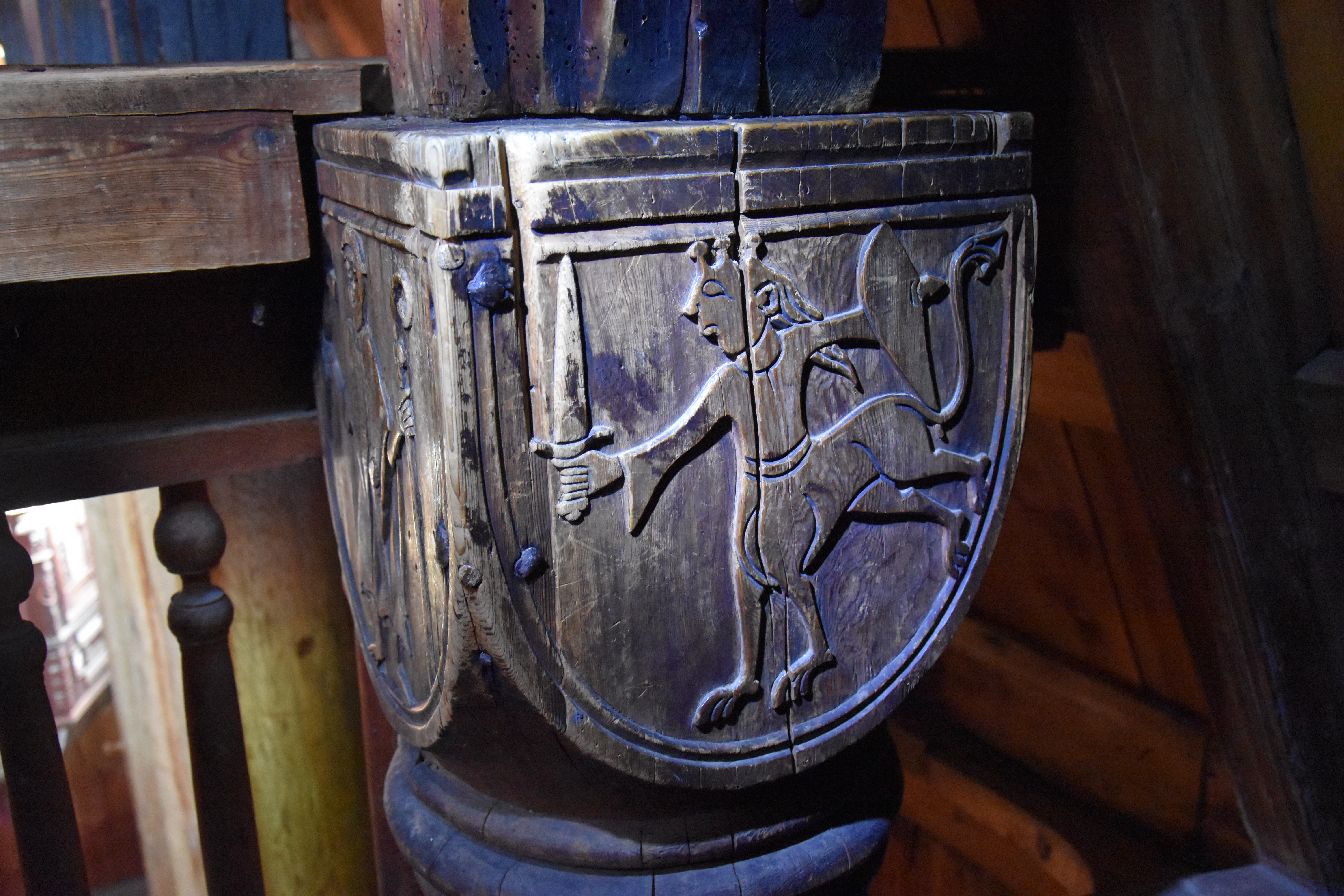
Further reading:
- E. Bergendahl Hohler, ‘The Capitals of Urnes Church and their Background’, Acta Archaeologica 46, 1975, reprint Copenhagen 1976, 1-60; L. Anker, The Norwegian Stave Churches, Arfo 2005.
© Elizabeth den Hartog and Leiden Medievalists Blog, 2018. Unauthorised use and/or duplication of this material without express and written permission from this site’s author and/or owner is strictly prohibited. Excerpts and links may be used, provided that full and clear credit is given to Elizabeth den Hartog and Leiden Medievalists Blog with appropriate and specific direction to the original content.


